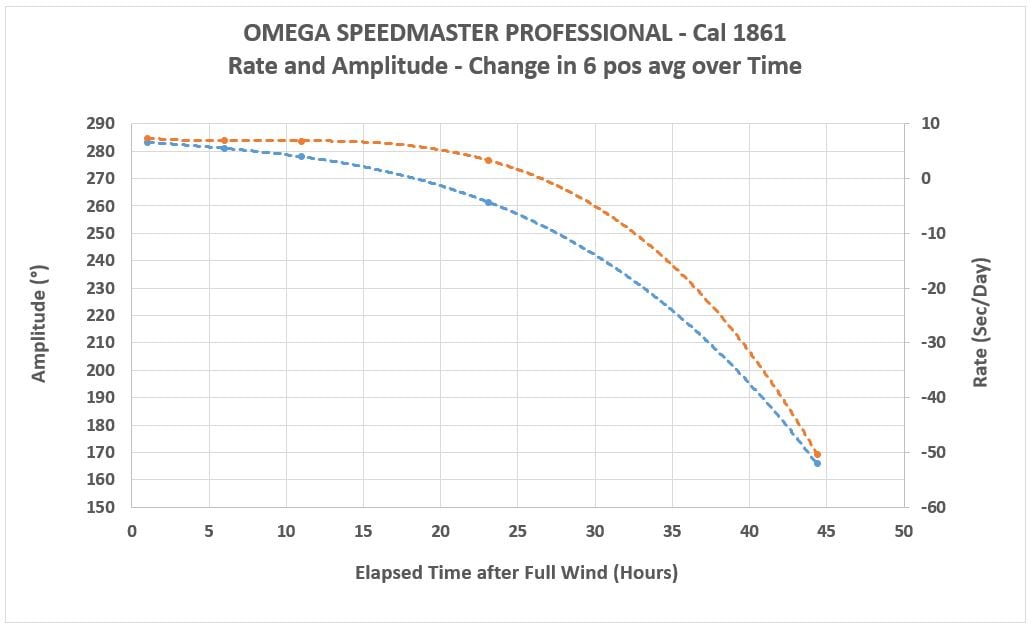robinhook
·Timing can also be affected by the power in the mainspring, which might change the amplitude or speed of the balance wheel.
Well... This is not what basic physics says. In a basic pendulum system, the period of oscillation is determined by G and the length of the pendulum, not by the amplitude. Similarly, in a balance wheel system timing is determined by the Elastic modulus (equivalent of G) and the length of the hairspring (equivalent of length of the pendulum). Again, amplitude is irrelevant to the period of oscillation.
https://en.wikipedia.org/wiki/Pendulum#Period_of_oscillation
Amplitude does affect how the system react to interruptions or other inputs from the outside, such as movements or positional differences, and higher amplitude means the period of oscillation is more stable and less likely to be distorted. However, higher amplitude does not make the watch run faster, and lower not slower.




